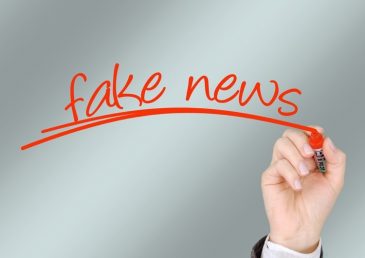
Counterfeiting is a widespread practice in our modern society in many areas. It affects everyday products and constitutes a crime under the French Intellectual Property Code. Nevertheless, many consumers close their eyes to this illegal practice, and counterfeit items are becoming increasingly part of daily life. Infringement of trademarks and design rights is not taken seriously, even though there are severe penalties for the offence.
A person guilty of counterfeiting a copyright, a patent or a design right risks a sentence of 300 000€ and 3 years imprisonment. In some cases, those sentences can go up to 500 000€ and 5 years imprisonment, if committed by an organized group.
A person counterfeiting a brand risks a sentence of 400 000€ and 4 years imprisonment. Those sanctions go up to 750 000€ and 7 years imprisonment when the counterfeit is committed by an organized group, or on an online public network, or when the counterfeit concerns goods dangerous to the health or safety of humans or animals.
Additional sentences may also be imposed: for example, the total or partial permanent or temporary closure of the business used to commit the illegal practice.
So, then why are there so many counterfeiters? In addition to the desire to buy a beautiful item or a garment at a lower price, there are many common misconceptions about counterfeiting.
According to The National Institute of Statistics and Economic Studies (Insee), counterfeiting relates to the “production, imitation, or total/partial use of a trademark, a design, a patent, a software or a copyright, without the owner’s authorization, and by affirming or letting people believe that the copy is authentic”. Counterfeiting concerns many everyday products, and we are all exposed to it on a daily basis. Like every practice touching our society, popular misbeliefs are common. They are widespread and remain sociologically and psychologically difficult to counter. Four of them are exposed here.
- Counterfeiting is an offence understood and recognized by most consumers
False! Counterfeiting surrounds us daily, and very few people think buying a counterfeit item as an offence. Very few consumers know the sentences mentioned above, or the collateral damage: the link with terrorism and other illegal traffic, money laundering, child work, etc.
2. Consumers know that counterfeiting does not necessarily concern a total copy of an item.
False! It is enough to reproduce a bag’s ‘couture’, a logo, the shape of a shoe or even that of a cream bottle to counterfeit an article. In fact, the identical or total reproduction of an item is not necessary for it to be an offence. The imitation often relates to the main elements of the product, since the goal is to deceive the public into thinking that the counterfeit product is the original one.
3. Counterfeiting only touches luxury products
False! Most industries are now affected. The luxury market, as well as cosmetics and pharmaceuticals are affected, and ignoring this carries considerable danger to one’s own business or person. For instance, did you know that more and more people buy medical pills on line? The consequences on consumers’ health as well as on the pharmaceutical market is undeniable. Edinburgh University estimates that between 72 000 and 169 000 children under the age of 5 die each year of pneumonia treated by counterfeited pills. Counterfeiting doesn’t only concern luxury items and can have a greater impact than consumers believe. Counterfeiting does not only involve medical pills. This illegal practice also concerns everyday products, such as automobile parts. One can imagine the impact a badly assembled or poorly repaired car can have on our lives. Perfumes and textiles are equally affected: most of those counterfeit products are made in extremely poor hygienic conditions, and mainly by unqualified and unskilled workers. Consumers of counterfeit products are seeking to satisfy their desires or cravings and their moods. They are able, without any feeling of guilt or culpability, to turn a blind eye to the illegal working practices that led to the manufacture by minors of the counterfeit items, which they would probably otherwise refuse to buy.
4. 7 differences avoid counterfeiting
There is a common belief, especially in the fashion industry, that if a product contains more than 7 differences with an original product, it is not counterfeiting. False! Counterfeiting is established not by looking at differences but by the similarities.
On the 26th February 2014, the European Parliament adopted a text in favor of a reinforcement of the fight against counterfeiting. Nonetheless, consumers don’t yet clearly understand the wrong committed in deciding to buy counterfeited products. This illegal practice is too wide spread and impacts on our economy as well as our moral values. It is essential to combat this illegal practice by becoming aware of its impact on our society and by educating future generations about the dangers associated with it.
IPzen helps you to deal efficiently with your domain names. The IPzen Domain Name Management module is the ideal interface to deal with technical and administrative issues concerning domain names (registration, renewal, expiration dates, etc). Do not hesitate to contact us!


